
5 Training Tips Every New Puppy Parent Should Know
If you’ve recently brought a new puppy into your home, or are considering adding a puppy to your family, congratulations! You’ve got years of companionship with a lovable furry friend ahead.
While puppies are adorable and snuggly, they also come with challenges — accidents on the rug and your favorite slippers in shreds, to name a few.
Some puppy training basics, such as potty training and appropriate chewing may be obvious. Others, such as full and appropriate socialization, may not be as intuitive. These include socialization to the environment as well as socialization with other dogs and puppies.

But socialization is among the most essential skills to teach your dog early in life when they are most impressionable. The first year of a dog’s life has a lasting impact on how they will behave as an adult, so now’s the time to cultivate positive experiences and reward positive behaviors that will benefit your dog for years to come.
We reached out to dog trainer and behavior consultant Heather Gutshall for her advice on what training essentials every puppy parent should know. Heather has worked with hundreds of puppy families through Outbound Hounds, and has shared her insight on the most important steps you can take early in your puppy’s life to help them grow into the best dog they can be.
5 Essential Puppy Training Tips
1. Socialization to the environment: As often as possible, Heather recommends that puppy parents expose their puppies to new and varied stimuli. Start with a puppy socialization checklist, which you can also get from a reputable trainer. Your list should include people of all shapes, sizes, and ages, along with noises and objects your puppy will encounter in a household, such as a vacuum cleaner, dishwasher, and the clanging of pots and pans.
You will also want to expose your puppy to novel stimuli outside of your home, including bikes, motorcycles, yard equipment, running children, and different surfaces. Sure, your puppy may have experienced some of these items prior to his arrival to his forever home. But it’s best to be sure there is no fear associated with any of them, and to continue to desensitize them.
“If your puppy displays discomfort, then stop and make it less intense or combine with treat or reward,” says Heather. “Any negative experience can affect them for the rest of their lives.”

2. Socialization to other dogs: Interaction with other dogs and puppies and is an important part of puppy rearing. Reputable trainers and training classes will often feature puppy play groups as part of the class. Socialization with adult dogs and other puppies will instill social cues and good behavior. For several reasons, dog parks aren’t recommended for puppies so it’s best to search for certified dog trainers who don’t use force or fear when training, and who can help with introductions to confident adult dogs.
*”When practicing socialization exercises, watch your pup closely for a fear response,” notes Heather. “Things like backing away, barking, and hesitation means your pup might be feeling nervous or uncomfortable. Note those items on your checklist. Next, pair them with food at a distance and decrease to an intensity level that your puppy can handle without the slightest signs of fear. If you move a bit closer, and you see some of the same behaviors, you went too quickly.”
3. Potty Training: While different families have different needs, Heather isn’t a fan of potty training pads, which makes it acceptable for puppies to go inside. Instead, she recommends putting your puppy on a potting training schedule that involves a 3-step process — crate, potty, play.
First, take your puppy outside directly from the crate. Ignore him until he goes potty and then praise and reward. You can then come back in and have a short play session before returning your puppy to the crate.
“This gives the puppy no opportunity to go in the house,” says Heather. “And the puppy learns that the way to get attention, praise and maybe a treat is to eliminate outside.”
If done correctly, this process should not take long. Once your dog is potty trained, you can stop the crate-potty-play process.

4. Crate Training: Puppies get excited easily so providing a safe space for them to calm down is a good tool for your toolbox, says Heather. “It’s not a punishment,” she explains. “It’s a great way to keep puppies safe when they are not under constant supervision.”
Crates can also help teach young dogs to hold their pee or poop until it’s time to go outside, but be sure to choose one that is appropriately sized so they can’t pee in one space and sleep in another. A good rule of thumb is that a crate for this use should be large enough for your puppy to stand up, turn around, and lay down comfortably.
“Dogs are den animals, and they like a dark space to hunker down,” says Heather.

5. Chewing: Puppies love to chew, especially when they are teething. Chewing can also be stress relieving, which is why it’s important to provide appropriate chewing options around the house.
Heather recommends offering various textures of chewing items — an array of soft, moderate, and hard or strong surfaces. “Never engage in biting play,” advises Heather. “If your dog wants to bite or mouth, always replace it with a safe chewing option. This will help them understand the difference between what they are allowed to chew on and not chew on.”
Another tip is to avoid leaving anything out that you don’t want your puppy to chew on. An enclosed exercise pen filled with safe chewing items can help if you have items, such as children’s toys, within puppy’s reach.
Need more puppy training advice?
Raising your puppy is a big job, and you may have lots more questions. If you need more advice, be sure to reach out to a positive-behavior trainer in your area.
About Heather Gutshall
Heather Gutshall, ACDBC, CPDT-KA, is a dog trainer and behavior consultant at Outbound Hounds. She uses fear-free and force-free techniques when working with her clients, which include puppies and dogs of all ages, rescues, dogs from breeders, and those with behavior challenges.
The co-founder and president of Handsome Dan's Rescue, Heather is also passionate about helping victims of dogfighting. Her dog, Handsome Dan, was a survivor of the Michael Vick dogfighting case, and was her longtime best friend until he passed two years ago.
To see Heather’s virtual dog training classes and videos, visit Outbound Hounds on Facebook or join her free/sliding scale classes in her private Facebook group at Dog Training with Heather Gutshall
Related Resources
You Might Also Like:
Are Bully Sticks Safe For Puppies?
Related Articles
Follow us @BowWowLabs
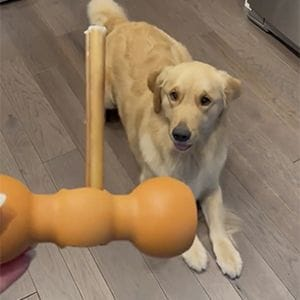
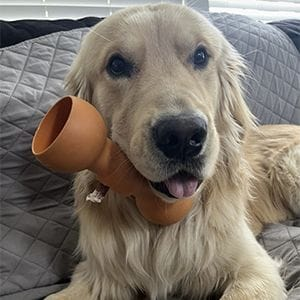
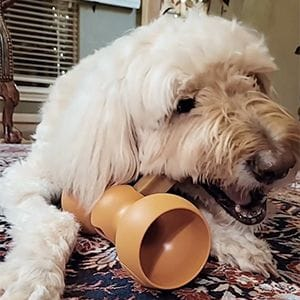
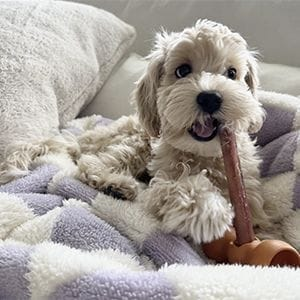
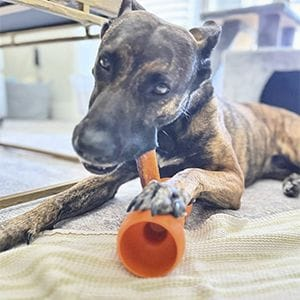
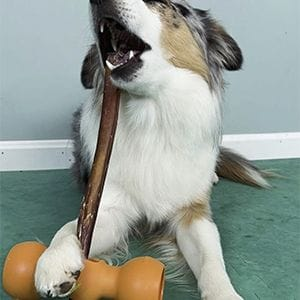
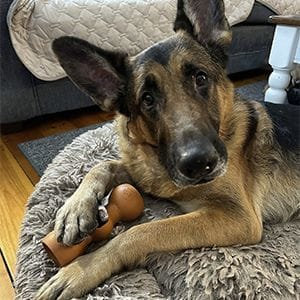
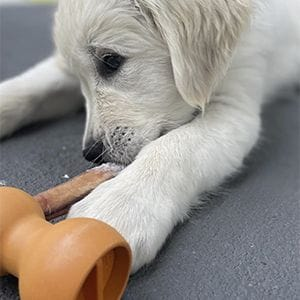
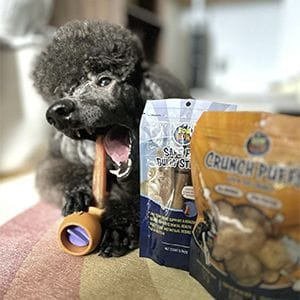
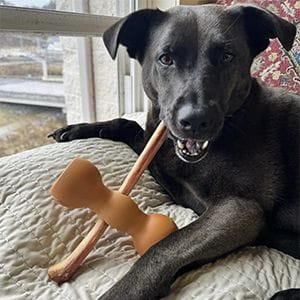
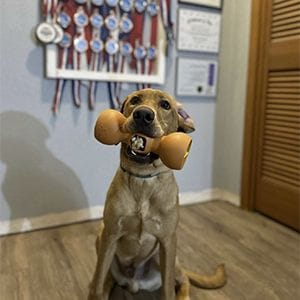


Sign Up to Our Newsletter!
Appeared In















